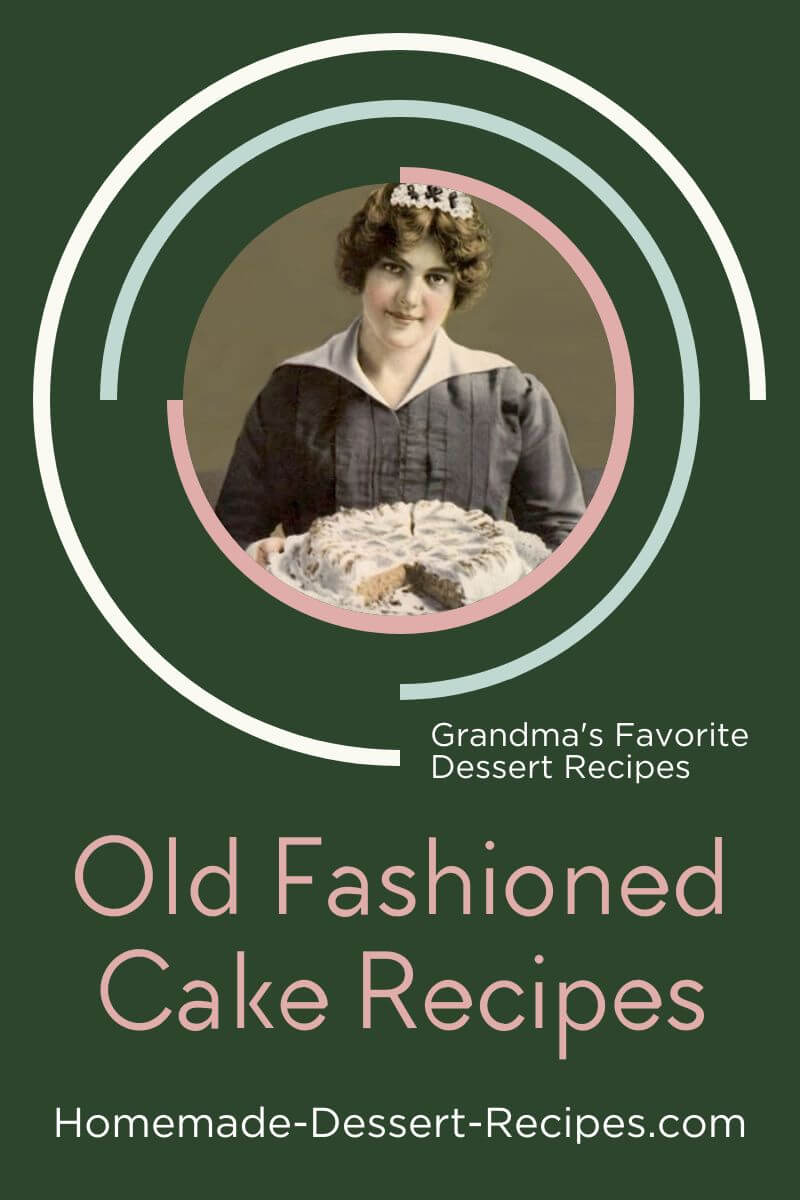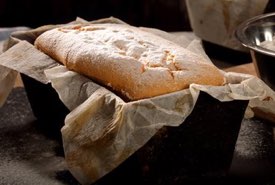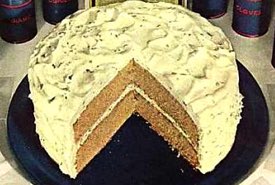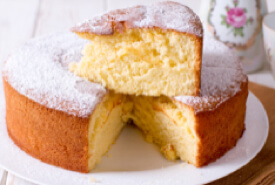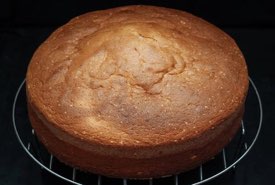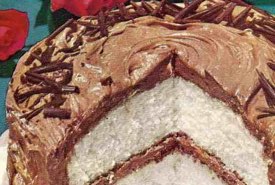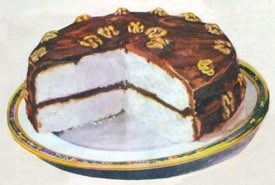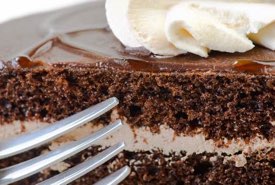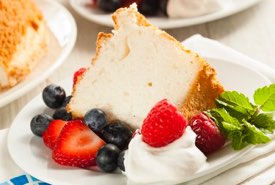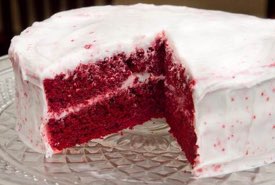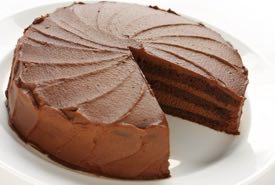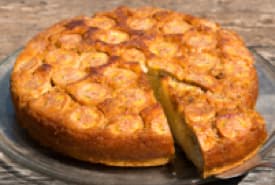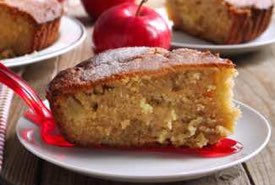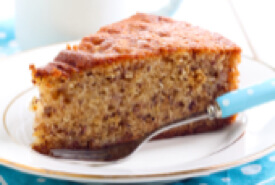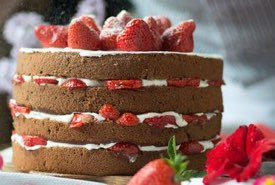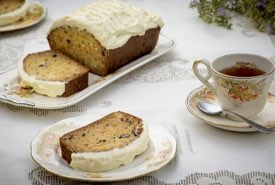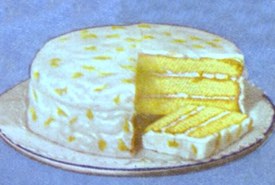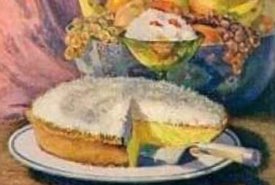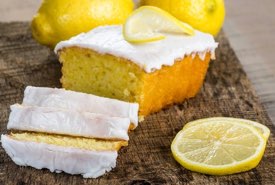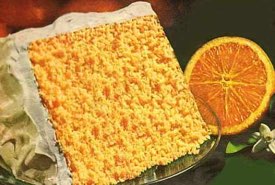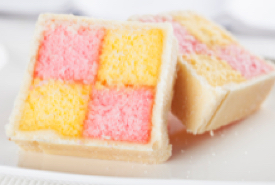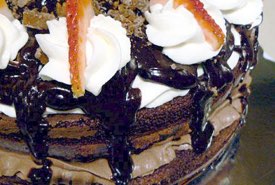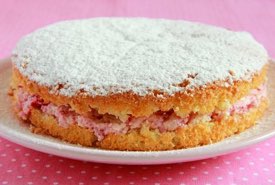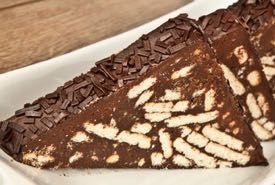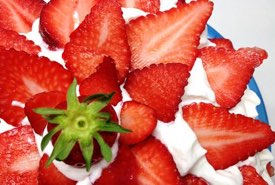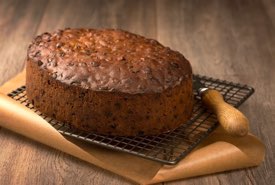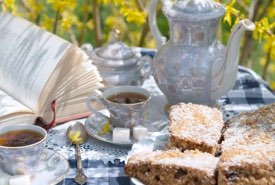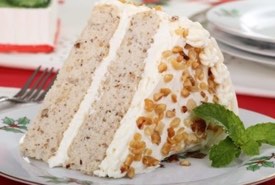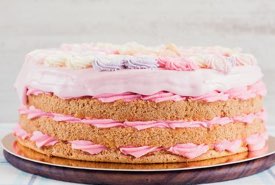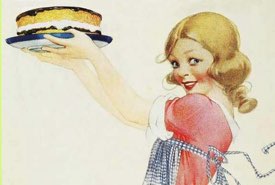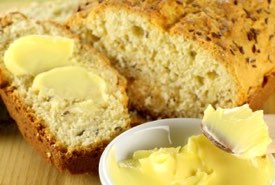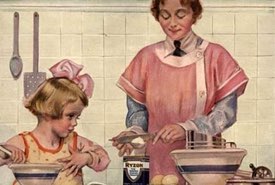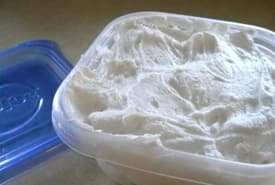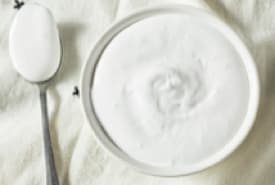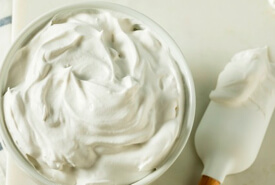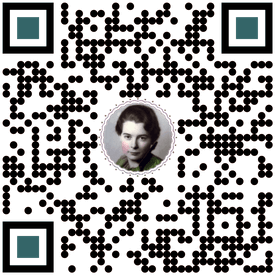- Home
- Cakes
Old Fashioned Cake Recipes: Bake Dessert Cakes Like Grandma's
Thanks to Grandma's old fashioned cake recipes, you can make the most delicious dessert cakes you can imagine. I still remember standing beside our old kitchen stove as a young boy, watching Mom carefully open the oven door. She'd insert a wire cake tester into the center of her latest creation — most often one of Grandma's recipes — checking for that perfect spring-back that meant it was done.
The mouthwatering aroma would flood our large farm kitchen, making those final minutes of waiting feel like hours. That anticipation, that connection between generations through flour and sugar and careful technique, is what these old fashioned cake recipes represent. They're more than just instructions — they're edible history, each one telling the story of home baking through the decades.
Why These Old Fashioned Cake Recipes Matter Today
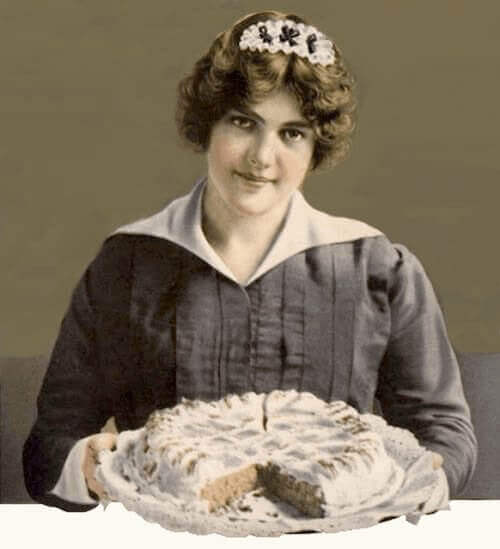 You Can Make Amazing Homemade Cakes From Scratch
You Can Make Amazing Homemade Cakes From Scratch(Source: Adapted from a c.1900 Illustration)
If you've grown tired of eating the common store-bought variety with its processed, cardboard-like taste, you're about to discover something remarkable.
These aren't just "Grandma's recipes" for nostalgia's sake. Each cake in this collection represents a specific moment in culinary evolution, from the days when cakes were closer to sweet fruit breads to the light-as-air Victorian sponges that revolutionized home baking.
Grandma's Heritage Cake Collection
Victorian Classics
American Heritage Cakes
Cakes With Fruit and Vegetables
International Treasures
Cakes for Special Occasion & Celebration
Retro Classics & Forgotten Gems
Also look in the TOP MENU under the International and Holiday categories for old fashioned cake recipes.
Master Grandma's Techniques: How to Make Cakes & Icings From Scratch
Just found your website today — a big breath of Internet fresh air. Homemade is so much better than mixes! —Mary, USA
A Brief History of Cakes: From Everyday to Celebration
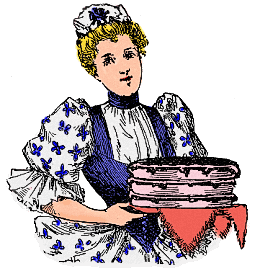
Cakes have been around for centuries, but understanding their evolution helps us appreciate why these old fashioned cake recipes work so beautifully. In Medieval England, "cake" meant sweetened bread — similar to what we now call fruit bread.
These flour-based "sweetmeats" were breads sweetened with honey or sugar and filled with combinations of preserved fruit, nuts, seeds, and spices. They sometimes decorated with comfit candies or glazed with sugar and egg white.
The transformation began around 1650 when round cake molds appeared, and thick layers of sugar icings became fashionable. But the real revolution came in the 1850s when Victorian cooks gained access to reliable baking powder and finely milled flour. Suddenly, cakes could be light-as-a-feather in texture, and tall — achievements impossible with just eggs and strong beating.
Timeline of Cake Evolution
- 1200s: Medieval bakers create dense honey cakes
- 1600s: European bakers develop first sponge cakes
- 1747: Wedding cake tradition begins
- 1796: First American cookbook includes cake recipes
- 1843: Baking powder invented, revolutionizing cake baking
- 1850s: European bakers develop chocolate cakes
- 1856: Devil's food cake appears in America
- 1900s: Pure white Angel food cake creates sensation
- 1920s: Electric mixers make complex cakes accessible
- 1920s: Pineapple upside-down cake emerges
- 1930–50s: Cake mixes threaten tradition, but can't match flavor
In the late 19th century, elaborate cakes became symbols of wealth and social status. The more leisure time and ingredients you could afford, the more elaborate your cake. This social significance explains why certain cakes — like pure white angel food or coconut-covered layer cakes — became highly desired baking projects.
Moving into the 20th century, dessert cakes became even more popular after the invention of affordable electric ovens, allowing easier baking at home. As new ingredients such as chocolate chips and pure food coloring came became available, home bakers experimented with creating ever more decadent desserts.
Your Journey Into Cake History
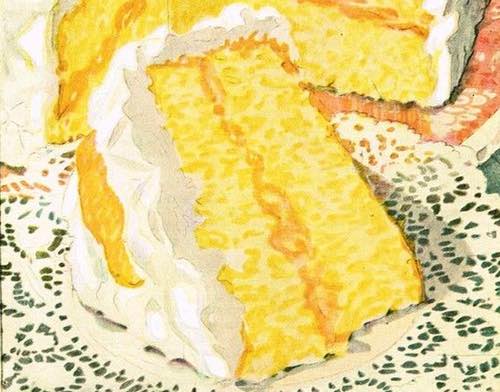 Tempting Slice of Orange Cream Cake c.1920s
Tempting Slice of Orange Cream Cake c.1920s(Source: Adapted by Don Bell)
These dessert cakes are just what you've always dreamed of making — full of old fashioned flavor that tells a story with every bite. No cake mixes needed. When you understand why Grandma creamed butter and sugar for exactly ten minutes, or why she added buttermilk to chocolate cake, you're not just following a recipe — you're preserving culinary heritage.
Mom would often choose one of these old fashioned cake recipes for our supper-time treat, and now I understand she wasn't just baking cake. She was maintaining a thread that connected us to previous generations, demonstrating patience and precision while filling our home with the aroma of taste and tradition.
Choose your category, select your flavor, and join the unbroken chain of home bakers who've kept these recipes alive. Because when you bake a cake from scratch using these time-tested methods, you're not just making dessert — you're making history.
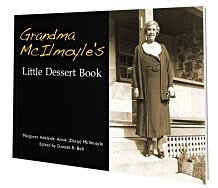
Sign Up now for GRANDMA'S DESSERT CLUB and download your FREE PDF COPY of Grandma McIlmoyle's Little Dessert Book. Also receive my regular Bulletin featuring classic recipes and nostalgia.
